11 Sneaky Retail Tricks That Make You Spend More Without Realizing It
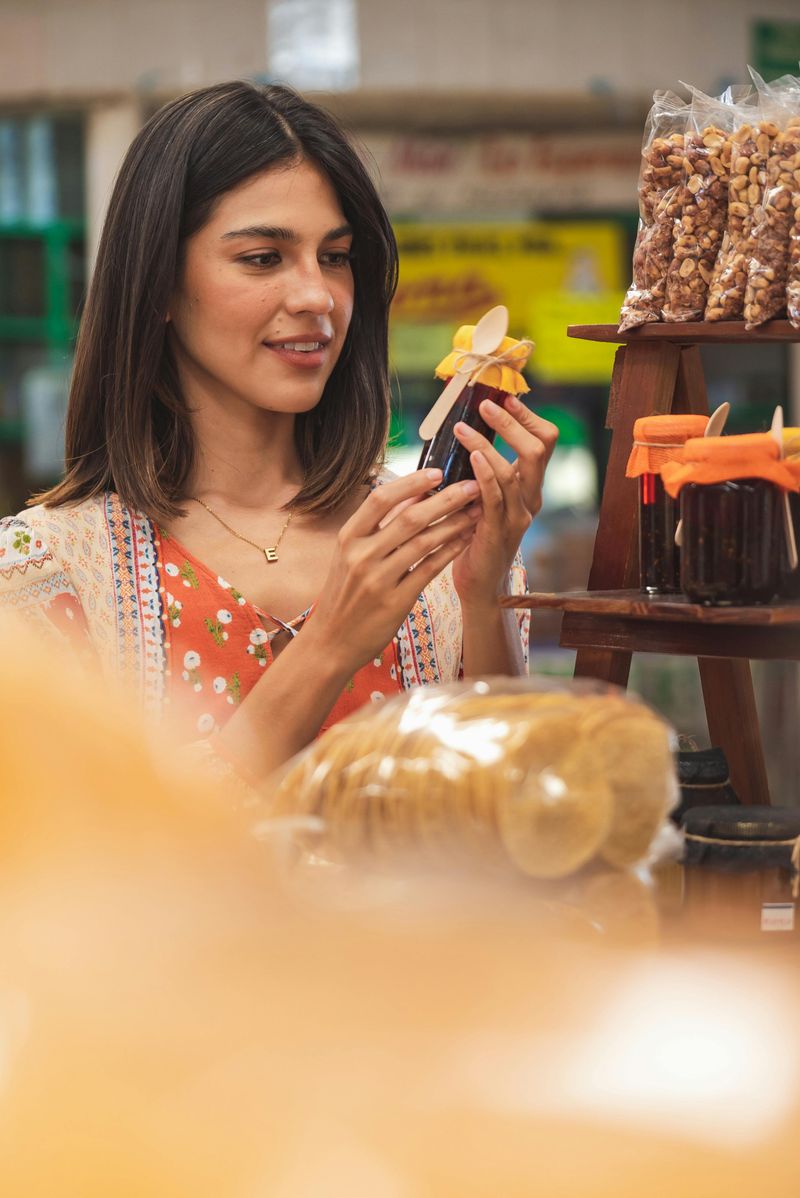
You walk into a store thinking you’ll just grab one thing—and 45 minutes later, you’re at the checkout with a full cart, wondering what happened. It’s not a lack of willpower. Retailers are masters of psychology, using subtle but effective tricks to influence your buying decisions without you even noticing.
1. The Gruen Transfer (Store Layout Confusion)
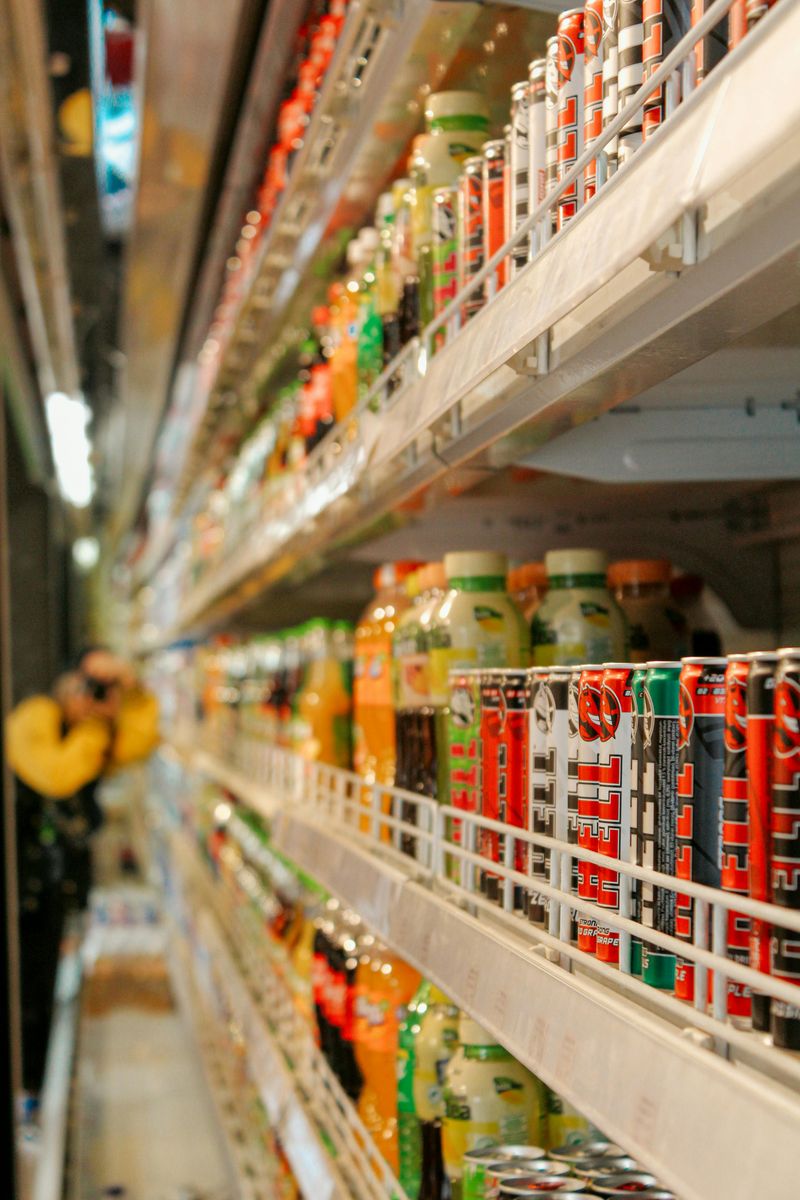
Retailers craft store layouts to bewilder and captivate shoppers, making it challenging to find specific items. This orchestrated chaos increases the likelihood of impulsive purchases.
Imagine walking into a labyrinth where every turn reveals enticing products and promotions. The Gruen Transfer keeps you hooked.
By the time you find the milk, you may have a cart full of things you didn’t plan to buy. The layout is designed to keep you wandering and discovering, ensuring you spend more time and money. The aim is to turn a quick trip into a prolonged shopping spree.
2. Decoy Pricing
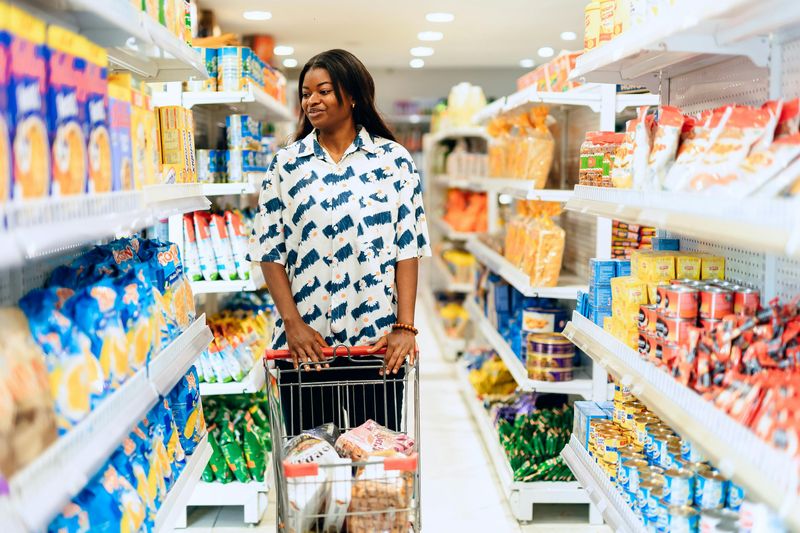
Presented with three versions of a product—cheap, mid-range, and expensive—decoy pricing nudges you toward the middle option. This strategy makes the mid-range item seem like the best value, even if it costs more than you intended to spend.
The expensive option is often overpriced to make the middle choice more appealing.
Your sense of value is manipulated, and you end up spending more than planned. Retailers craft these options to guide your choices subtly. This pricing tactic plays on your subconscious, steering you towards what appears to be the best deal.
3. “Buy One, Get One 50% Off” Offers
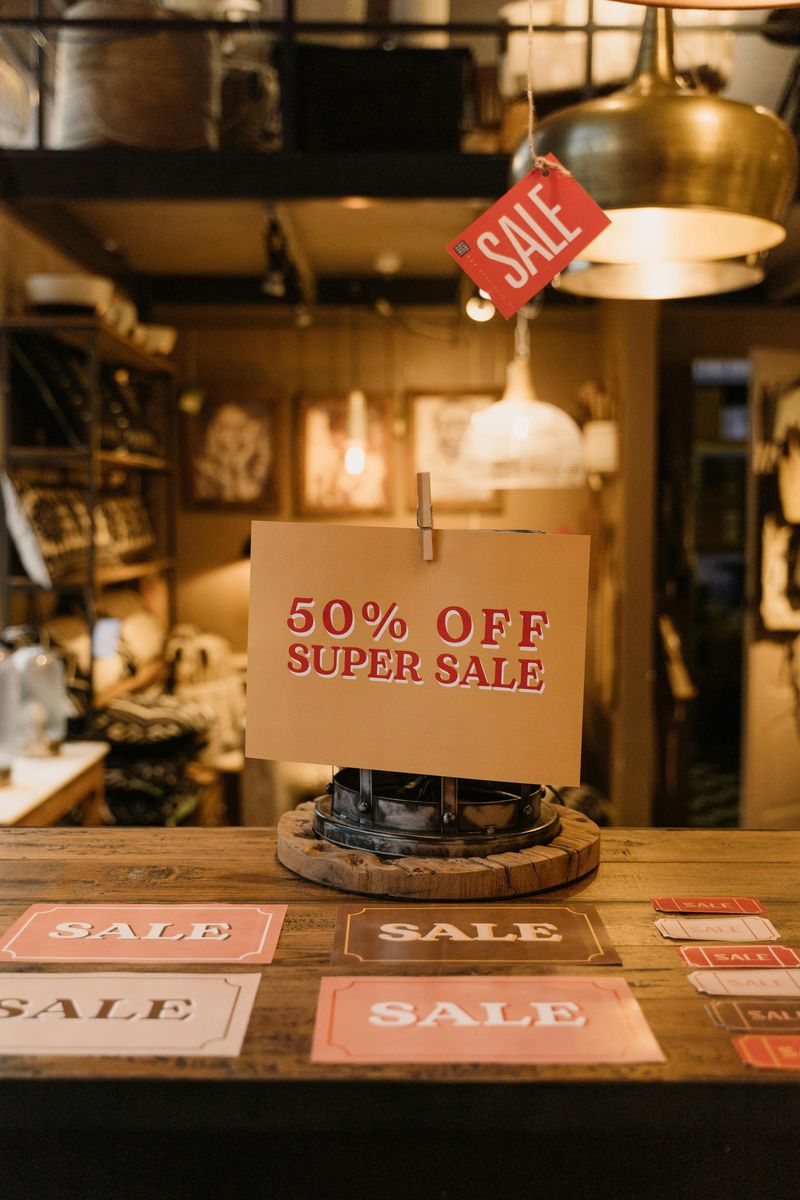
Promotions like “Buy One, Get One 50% Off” create a sense of urgency and bargain-hunting thrill. Even if you don’t need the second item, the perceived deal often leads to buying more.
These offers tap into the human desire to maximize value and avoid missing out.
Before you know it, your basket is brimming with additional purchases. Retailers know how to make you feel like you’re getting a good deal, even when you end up spending more than you planned. The allure of the discount is often too hard to resist.
4. Strategic Product Placement
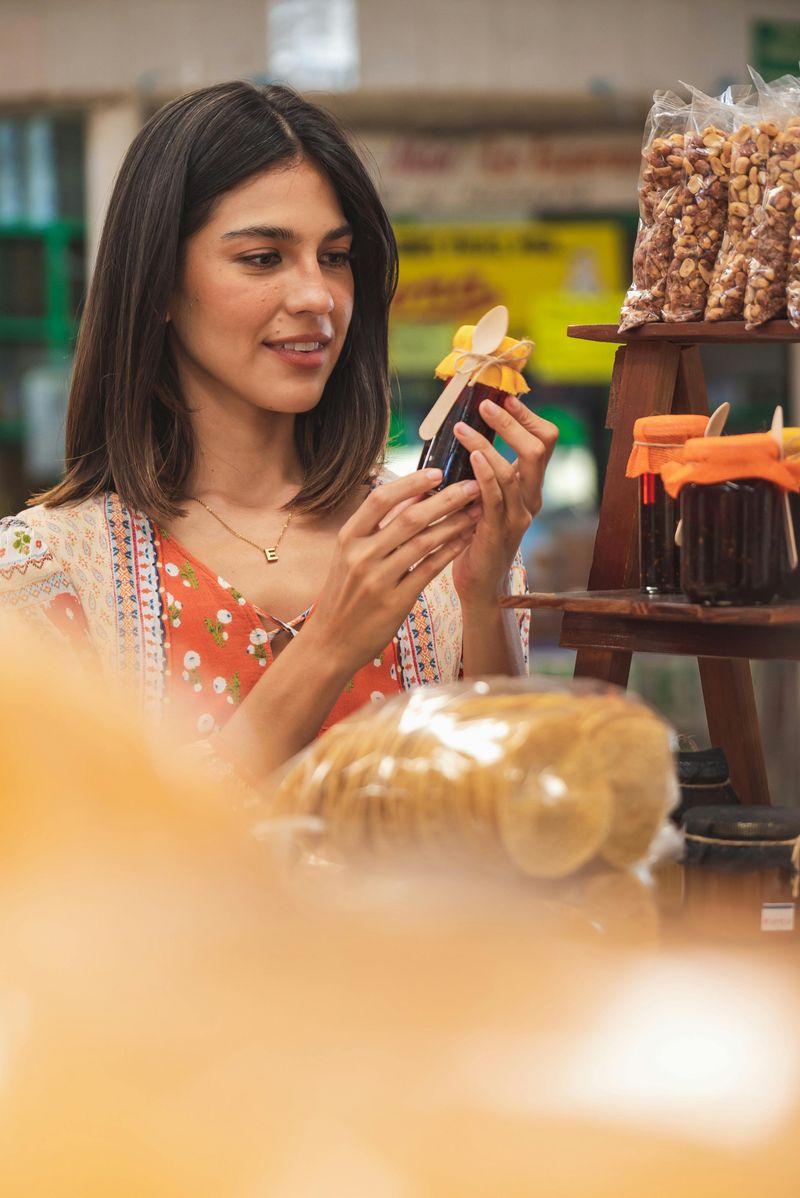
Walking through a store, you might not notice the subtle placement of products. Retailers strategically position high-margin items at eye level to catch your attention first. Essentials are often located at the back to ensure you traverse tempting areas.
This setup isn’t accidental—it’s a well-thought-out strategy to maximize exposure to profitable items.
As you walk past colorful displays and enticing products, the chance of impulse buys increases. By the time you reach what you truly need, your cart may have unexpected extras. It’s an expertly orchestrated journey.
5. Anchor Pricing

Have you ever noticed a drastically reduced price next to an inflated original price? That’s anchor pricing at work. Even if the item was never sold at the original price, the comparison makes the current deal seem irresistible.
This tactic plays on our perception, creating a sense of savings and value.
Shoppers are swayed by the apparent discount, often overlooking the actual worth of the item. The allure of saving big can cloud judgment, leading to unplanned purchases. Retailers use anchor pricing to make you feel like you’re getting a steal.
6. End-Cap Displays
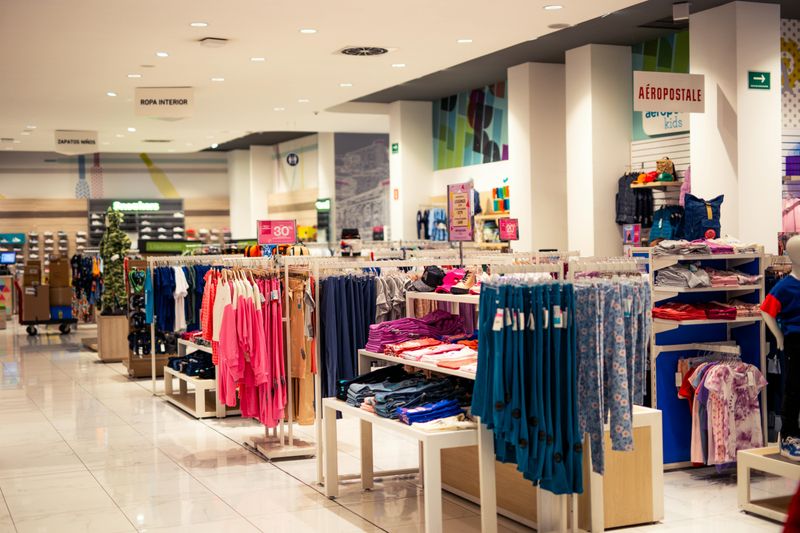
End-cap displays—those enticing sections at the end of aisles—are designed to grab attention. Products here often appear more significant or discounted, attracting shoppers quickly.
Brands pay a premium for this prime real estate, manipulating perceptions and driving impulse buys.
The strategic placement makes items seem like a special deal. As you navigate the store, these displays beckon, subtly encouraging you to add to your cart. It’s a classic case of form over function, where presentation trumps content. Retailers use end-caps to highlight items without needing to offer real discounts.
7. Psychological Pricing ($9.99 vs $10)
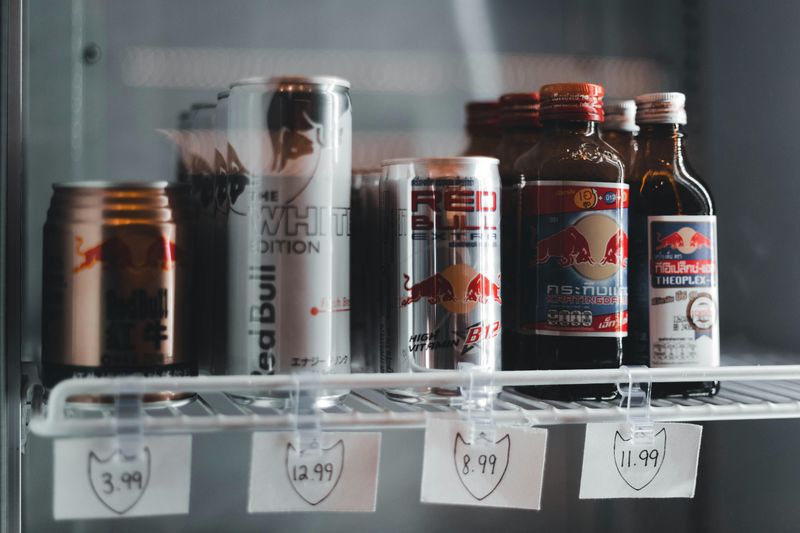
It’s fascinating how a price of $9.99 feels significantly cheaper than $10, despite the negligible difference. This psychological pricing exploits our subconscious tendency to focus on the leftmost digits.
The tactic makes prices appear lower than they actually are, enticing more purchases.
Retailers frequently employ this strategy to boost sales by creating an illusion of a better deal. Shoppers perceive the lower price as a bargain, making them more likely to buy. This tiny tweak in pricing can lead to a substantial increase in sales volume. It’s a subtle but powerful influence on spending.
8. Limited-Time Offers
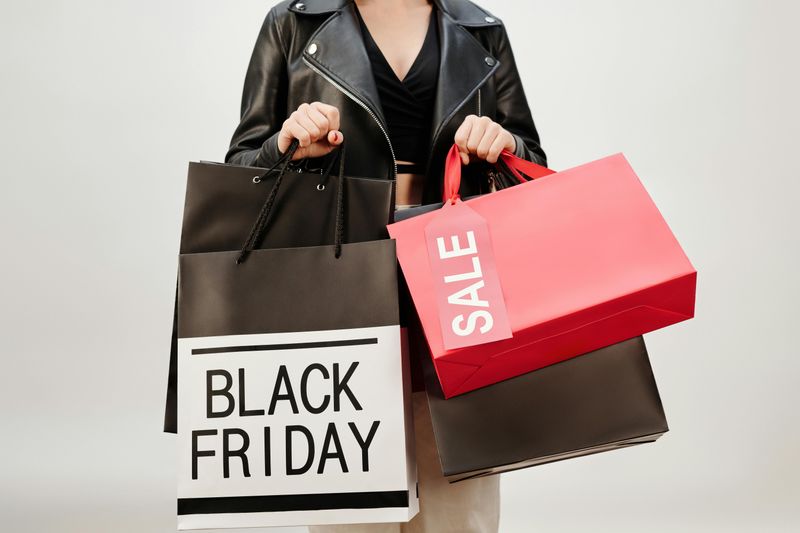
Words like “today only” or “last chance” trigger our fear of missing out (FOMO), pushing us to make hasty decisions. Limited-time offers create urgency, often leading to purchases without adequate reflection.
This tactic preys on our desire to seize opportunities before they vanish.
The pressure to act fast often results in buying items you wouldn’t have considered otherwise. Retailers use this strategy to clear stock quickly and boost sales, knowing urgency can override rational decision-making. It’s a well-played psychological trick that capitalizes on time constraints.
9. Free Shipping Thresholds
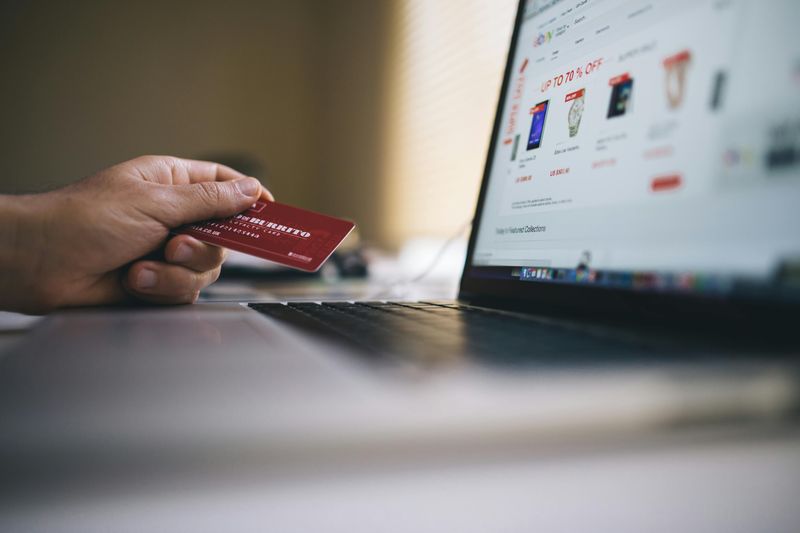
Online shoppers are familiar with the allure of free shipping. Many add extra items to their carts just to meet the minimum purchase required for free delivery, often spending more.
This approach capitalizes on the human tendency to avoid paying for shipping at all costs.
The perceived savings from free shipping outweigh the actual cost of additional items. Retailers cleverly set these thresholds to increase average order value, ensuring you buy more. It’s a strategic balance between offering a perk and boosting overall sales, wrapped in the guise of savings.
10. Ambient Triggers (Music, Lighting, and Scent)
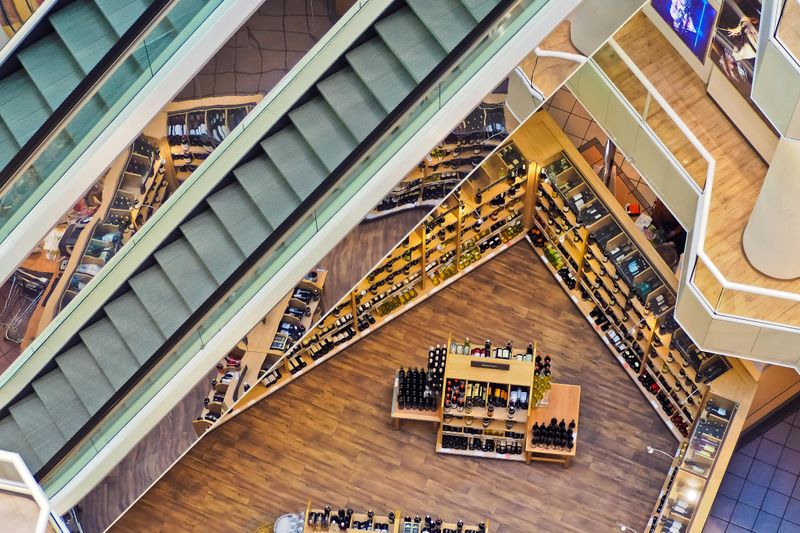
The ambiance of a store—music, lighting, scent—plays a crucial role in encouraging shoppers to linger. Soft lighting and calming tunes create a welcoming atmosphere, prompting extended browsing.
Pleasant scents further enhance the experience, making the environment more inviting.
Retailers know that the longer you stay, the more likely you are to make additional purchases. This subtle influence turns a quick visit into a leisurely stroll, increasing buying opportunities. The sensory elements are carefully curated to create a comfortable and enticing shopping environment. It’s all about setting the right mood for spending.
11. Membership and Loyalty Discounts
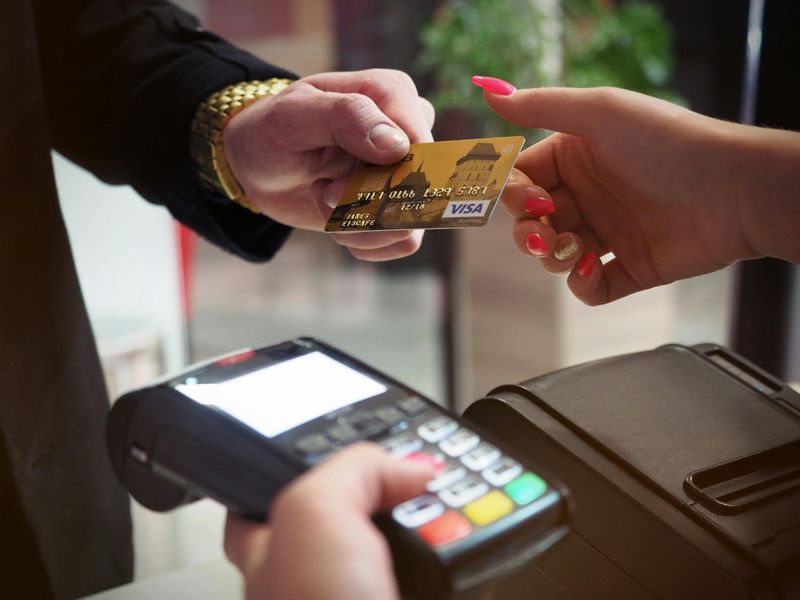
Loyalty programs entice customers with the promise of exclusive discounts and points. People often spend more to unlock these rewards, even if the final cost is higher.
The allure of benefits keeps shoppers returning, fostering brand loyalty and repeat business.
These programs are designed to make you feel valued while encouraging additional spending. Retailers use them to create a sense of belonging and exclusivity, making it harder to resist the urge to buy more. The cycle of earning and redeeming points is a clever way to increase total spend under the guise of savings.

Comments
Loading…